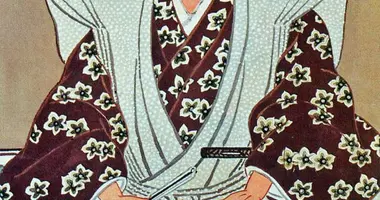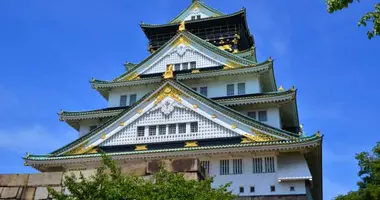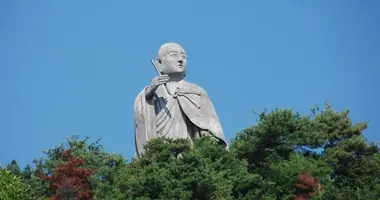Postwar Japan History
Japan's postwar history is a remarkable tale of recovery, transformation, and economic growth. Following its surrender in World War II, Japan underwent a period of Allied occupation that reshaped its political, economic, and social landscape. From the ashes of defeat, Japan rose to become an economic powerhouse, embracing democracy and pacifism while navigating complex international relationships. This journey from 1945 to the present day encompasses dramatic reforms, rapid industrialization, and the challenges of adapting to a changing global order.
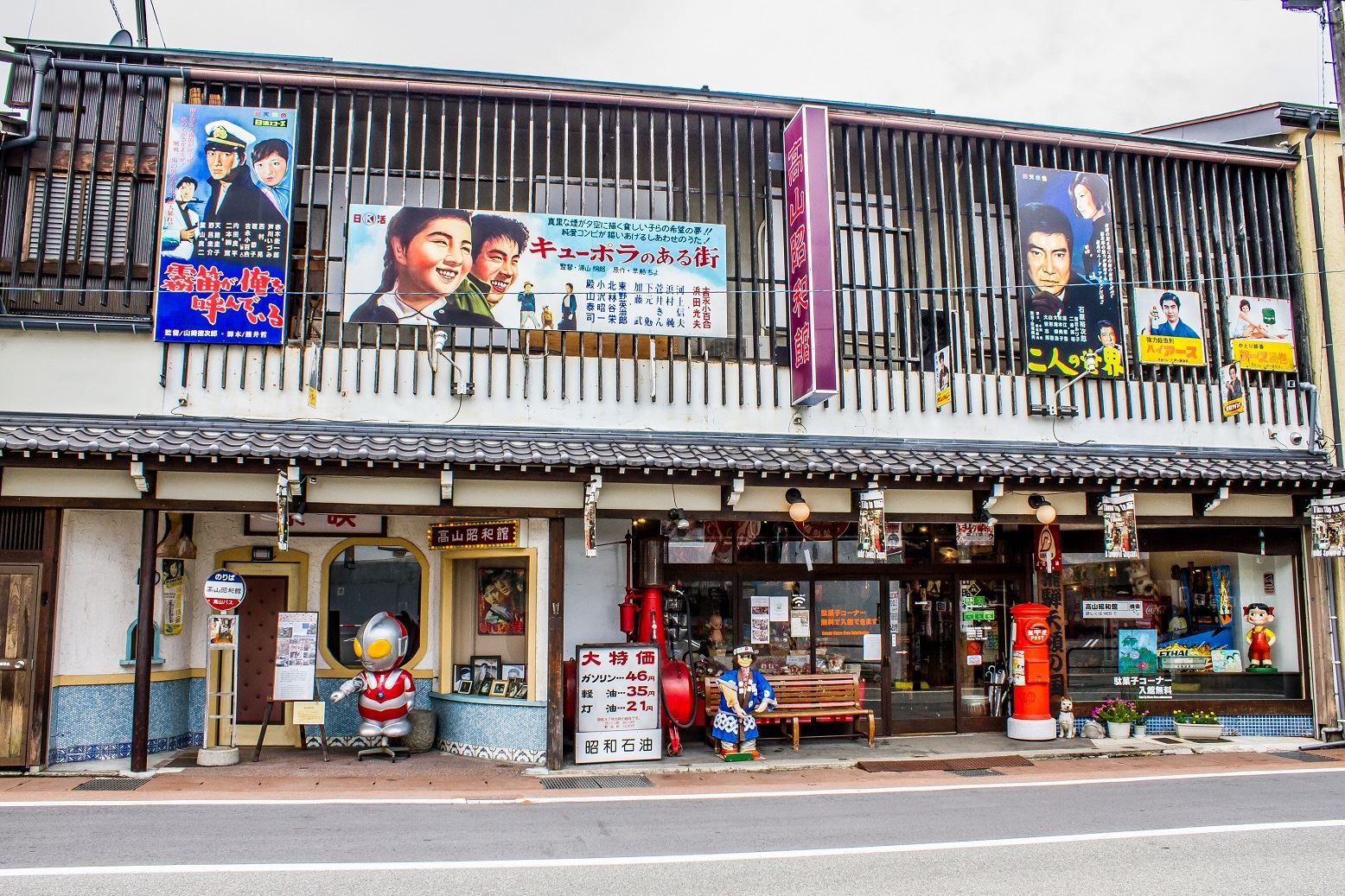
Takayama Showa Museum © 高山昭和館
The Allied occupation and initial reforms (1945-1947)
The Allied occupation of Japan, led by the United States under General Douglas MacArthur, began in September 1945. This period saw sweeping reforms aimed at demilitarizing and democratizing Japan. Key changes included:
1. The implementation of a new constitution in 1947, which renounced war and established a parliamentary democracy. This marked a significant departure from the pre-war imperial system.
2. Land reform, which redistributed property from wealthy landlords to tenant farmers, fundamentally altering rural power structures and economics.
3. The dissolution of zaibatsu (large industrial conglomerates), aimed at breaking up monopolies and democratizing the economy.
4. Education reform, introducing a more liberal and democratic curriculum, and extending compulsory education.
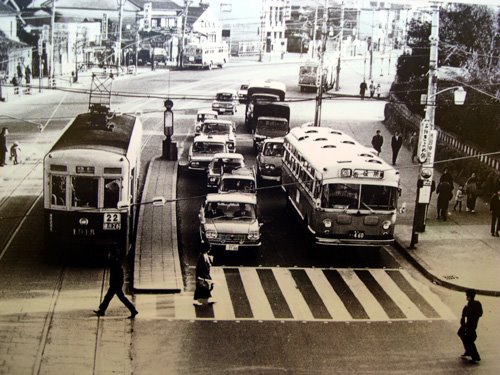
Post-war Nagoya city
Economic revival and the "reverse course" (1947-1950)
As the Cold War intensified, U.S. policy shifted towards rebuilding Japan as a bulwark against communism in Asia. This "reverse course" prioritized economic recovery over deep structural reforms. Key developments included:
1. The scaling back of zaibatsu dissolution, allowing many former conglomerates to reform as keiretsu (business groups).
2. Increased investment in industrial capacity, particularly in sectors deemed crucial for economic recovery.
3. The suppression of leftist labor movements, seen as potential communist influences.
4. Economic and financial support from the United States, including aid and preferential trade arrangements.
The Korean War and its impact on Japan (1950-1953)
The outbreak of the Korean War in 1950 had a profound impact on Japan's economic recovery:
1. Japan became a crucial supply base for UN forces, stimulating its industries and reviving its economy.
2. The war created a boom in demand for Japanese goods and services, kick-starting what would become known as the "economic miracle".
3. It led to increased U.S. investment in Japan's industrial capacity, further fueling economic growth.
4. The conflict solidified Japan's strategic importance to the United States in the Cold War context, strengthening the alliance between the two nations.
Political developments and the Liberal Democratic Party
The post-occupation period saw significant political developments:
1. The formation of the Liberal Democratic Party (LDP) in 1955, which would dominate Japanese politics for decades.
2. The establishment of the "1955 System", characterized by LDP rule and opposition from the Japan Socialist Party.
3. Implementation of the Yoshida Doctrine, focusing on economic growth while relying on the U.S. for security.
4. Gradual expansion of Japan's self-defense capabilities, despite constitutional constraints.
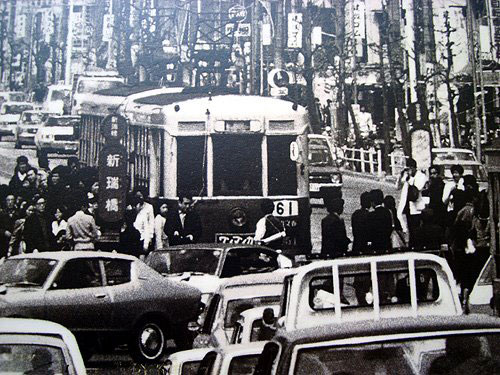
The 1950's and 1960's were a period of rapid economic growth and consumerism in Japan
Japan's economic miracle and technological advancements
From the 1960s to the 1980s, Japan experienced unprecedented economic growth:
1. Rapid industrialization and development of world-class manufacturing sectors, particularly in automobiles and electronics.
2. The rise of Japanese companies as global leaders in innovation and quality, exemplified by brands like Toyota, Sony, and Panasonic.
3. Government-led industrial policy, coordinated by the Ministry of International Trade and Industry (MITI).
4. High savings rates and investment in infrastructure and education, fueling sustained growth.
5. The emergence of unique Japanese management practices, such as lifetime employment and quality circles.
Foreign relations and international position
Japan's international role evolved significantly in the postwar era:
1. The U.S.-Japan Security Treaty, forming the cornerstone of Japan's foreign policy and defense strategy.
2. Normalization of relations with neighbors, including the 1965 treaty with South Korea and the 1972 normalization with China.
3. Japan's emergence as a major provider of international aid and investment, particularly in Asia.
4. Increasing participation in international organizations, including joining the United Nations in 1956.
5. The challenge of balancing economic power with political influence on the global stage.
Cultural changes and societal transformations
Postwar Japan experienced profound social and cultural shifts:
1. Rapid urbanization and the growth of a large middle class.
2. Changes in family structures and gender roles, including declining birth rates and increasing women's participation in the workforce.
3. The rise of mass consumer culture, symbolized by the widespread ownership of appliances and automobiles.
4. Internationalization of Japanese culture, with increasing influence of Western, particularly American, popular culture.
5. The emergence of Japan as a cultural exporter, with manga, anime, and other forms of popular culture gaining global popularity.
Japan's postwar history is a testament to its resilience and adaptability. From the ruins of war, it rebuilt not just its economy but its entire society, becoming a model of peaceful development and technological innovation. As Japan continues to navigate the challenges of the 21st century, including an aging population and economic stagnation, the lessons and achievements of its postwar transformation remain relevant and inspiring.
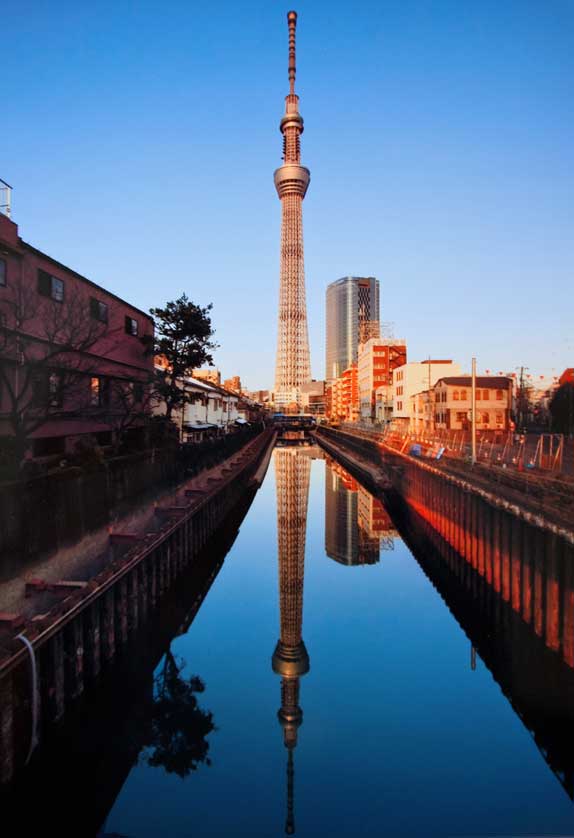
The Tokyo Sky Tree is Japan's tallest structure at 634 meters and an icon of 21st century Japan
